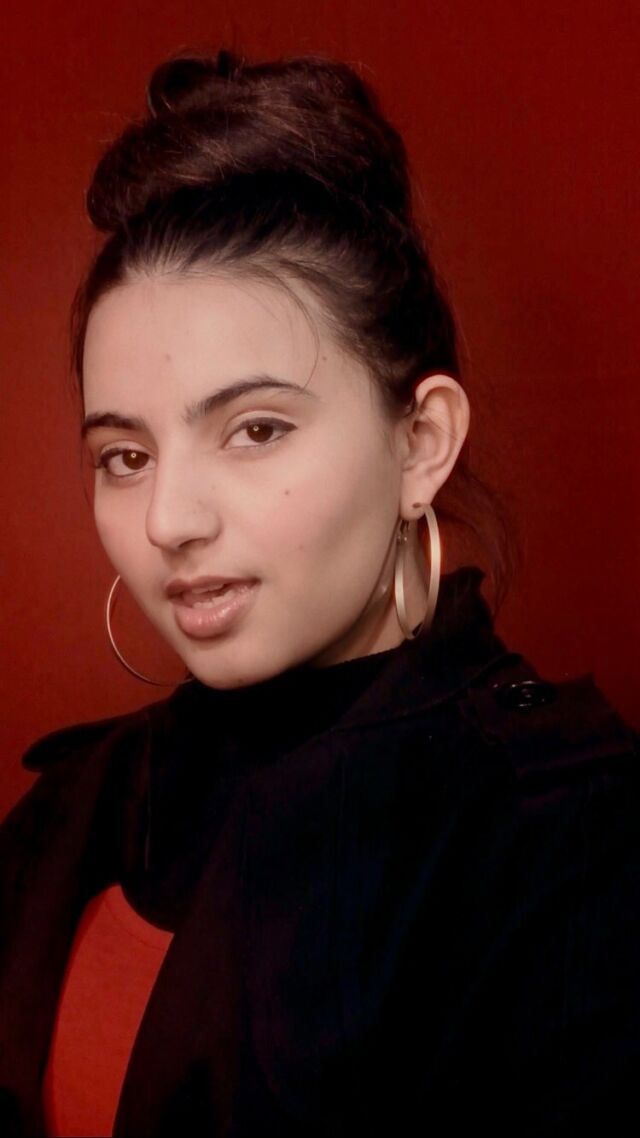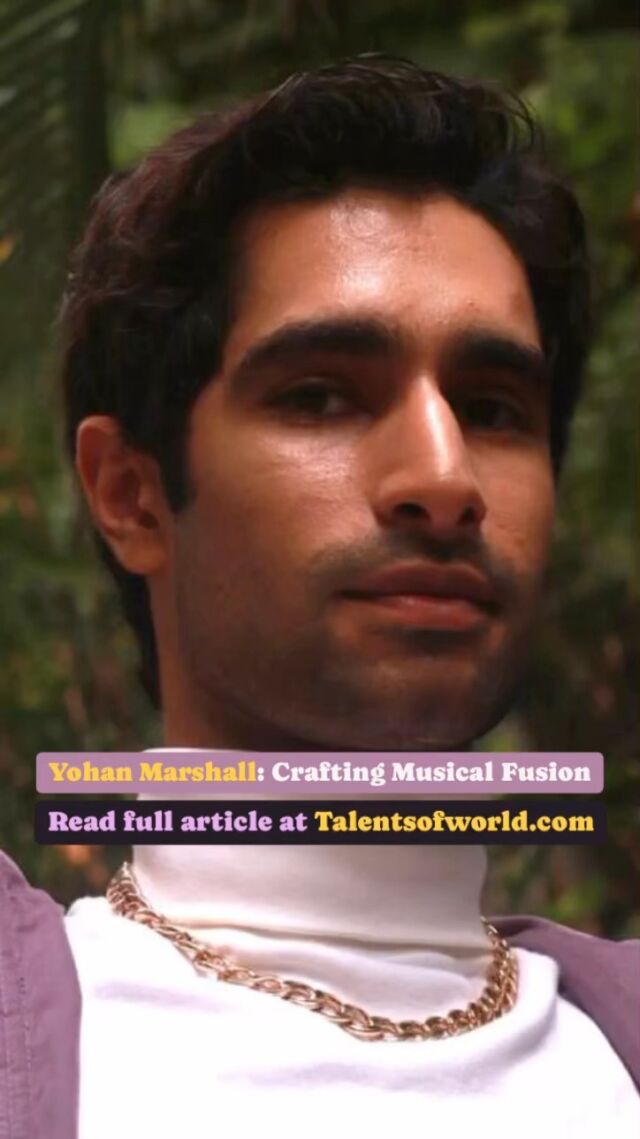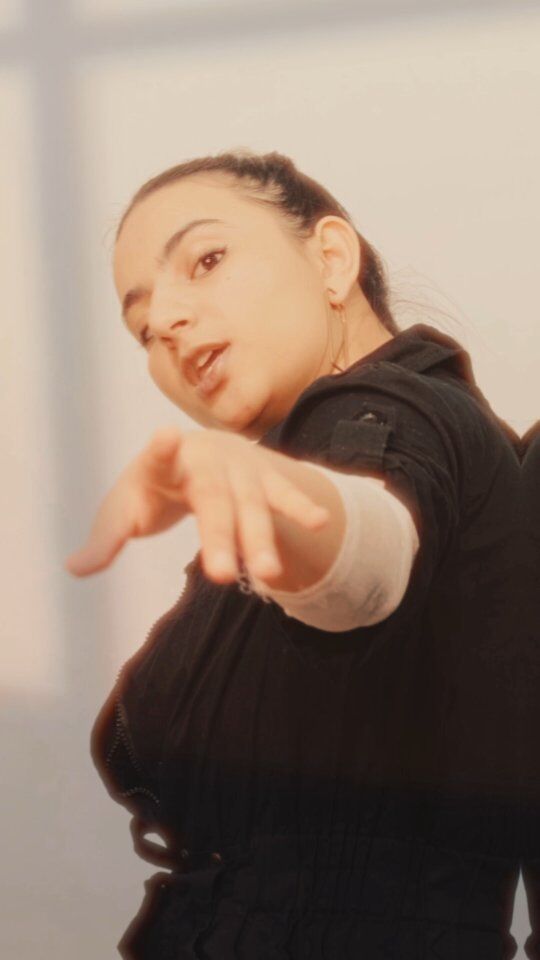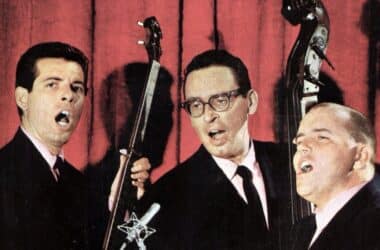On a Monday afternoon in February, Findley Davidson and Jonathan Tolins met for a video call. Tolins, the showrunner for the new CBS procedural “Elsbeth,” and Davidson, the show’s casting director, were finalizing casting for the sixth episode, which visits the offices of an exclusive plastic surgeon, and discussing the seventh, which attends a country club wedding.
“Elsbeth” is a “howdunnit,” in which Carrie Preston’s cheery, distractible legal savant (a character first introduced on “The Good Wife”), identifies a murderer already known to the audience. Each episode requires a buzzy guest star to play the murderer — the show had already secured the likes of Jesse Tyler Ferguson, Jane Krakowski and Blair Underwood. In the seventh episode, the killer is the father of the bride, a man who projects country club clout. Davidson and Tolins, who had each come with a list of preferred actors, batted A, B and C-list names around like so many celebrity tennis balls. Quickly, they assembled a ranked list of about a dozen men, more diverse in ethnicity and mien than Tolins’s initial character description — “old WASP-y money” — might suggest. (They eventually landed on the live-wire comic actor Keegan-Michael Key.) Then it was time to blue-sky the eighth episode.
“They just keep coming,” Davidson said.
Procedural dramas — legal, medical, homicidal — are a durable form of comfort television, with familiar bands of lawyers, doctors and cops solving thorny problems in about 45 minutes of screen time. But each week’s new cases require new clients, new patients, new victims and killers and crooks, some at least mildly famous and each of them plausible for whatever fantastical circumstance the writers have dreamed up.
All of which means that delivering the satisfying, sink-into-your-sofa consolation of such shows involves a hectic, grueling, often maddening sprint to assemble new troupes of actors week after week, with casting directors receiving hundreds, sometimes thousands of submissions for every role. Within just a few days, auditions are vetted, offers are made, parts are cast. Then the process begins all over again.
“It’s go, go, go,” said Jason Kennedy, the casting director for the CBS series “NCIS.” He noted that the pandemic and the actors’ strike had constricted the process further. “There seems to be even less time there than there was before, and a lot more actors to consider,” he said.
Though each casting director does the job differently, most adhere to a similar sequence. Approximately a week out from the casting deadline, they talk to the showrunner or producers about the upcoming episode. (If a name actor is desired for promotional or other reasons, the process typically begins a little earlier.) An outline is then delivered, sometimes a full script. From there, casting directors release breakdowns — brief descriptions of the characters’ ages and types — either on websites or to a select group of agents and managers. At the same time, they are making their own lists based on actors they have seen before.
“You can’t wait around and just let it all come to you,” said Philip Huffman, who casts Dick Wolf’s roster of shows including the “Law & Order” and “Chicago” franchises. “You have to be proactive.”
When the submissions arrive, casting directors or their assistants quickly make a first pass, based on looks alone, then a second, considering résumés. Selected candidates are then invited to audition using either the real scripts or, for more spoiler-sensitive shows, fake ones the writers whip up. Before the pandemic, most auditions were in person, but now self-tapes or Zoom sessions are the norm.
Once the tapes come in, they are evaluated. Sometimes actors are called back, though this is increasingly rare given the time constraints. “It puts more pressure on us to get it right the first time,” said Jonathan Strauss, a co-producer and another casting director for Wolf Productions. “You really have to be confident and surgical about how you’re seeing talent.”
A short list, usually of two to five options for each speaking role, is then sent to the producers for consideration. Of course, some actors are so prominent that they no longer audition, a designation referred to in the industry as “offer only.” This is a typical dilemma in procedural casting: Whether to cast a recognizable “offer only” actor who can feature heavily in series promos or to cast an unknown who can more easily disappear into the texture of a series.
Strauss and Huffman have tried it both ways. There was a period when “Law & Order: SVU” actively pursued a star-of-the-week model, attracting guest stars such as Robin Williams, Whoopi Goldberg and Carol Burnett. That was exciting, Strauss said, but some stories depend on keeping an audience in the dark, which a celebrity guest would compromise. (Whodunit? Usually the most famous person onscreen.)
“We don’t want the audience to be ahead of the detectives,” he said.
Sometimes the choice has less to do with story demands. Libby Goldstein and Junie Lowry-Johnson, the casting directors for the CBS legal show “So Help Me Todd,” are wary of what Goldstein calls “overcasting.”
“Most people would say, you want somebody that pops, but you actually sometimes just want to service the role,” Lowry-Johnson said.
Yet the actor still has to be skillful enough to share the screen with better-known series regulars, which means that those unknowns often don’t stay unknown for long. Kennedy, of “NCIS,” had a ready list of actors he had cast before they were famous: Zac Efron, Hong Chau, Patrick J. Adams, Millie Bobby Brown. Strauss, of the “Law & Order” shows, likes to watch the Oscar nominations and point to the stars he and his team cast long before the academy took note. This year? Colman Domingo, Bradley Cooper and Sterling K. Brown.
Some roles are more difficult to cast than others. Some demand special skills, like opera singing or, as in an upcoming “Elsbeth” episode, expert tennis playing. Then there are those parts that an actor might find distasteful or reputationally dangerous. Strauss said that lawyers are the easiest to cast, then victims, then murderers, then rapists. Characters who sexually abuse children are the trickiest.
“That is a hunt for a unicorn, when we’re doing those roles and they want someone of some renown,” he said. “It’s easier to get women to shave their heads.”
But even in the simpler, non-shaving roles, many casting directors try to think expansively. Linda Lowy, the original casting director for the ABC series “Grey’s Anatomy,” said that she would often ask the writers to re-conceive characters as female, and she kept an eye on the ethnicities of doctors and patients. “We did all ethnicities,” she said. “I just wanted to make sure everything was fair and felt real, and then get the best actors.”
Strauss said that he aims to have the “Law & Order” and “Chicago” shows mirror the demographics of the cities in which they’re set. “Because the stories wouldn’t be truthful otherwise,” he said. In that vein, he tries to expand opportunities for performers who might otherwise be overlooked, such as suggesting actors with disabilities for roles in which a disability is not specified. “Those things are constantly top of mind for us,” he said.
It is remarkable that anything can be top of mind given the punishing schedule: There is often just a day or two to decide on as many as 40 speaking roles. So its gently ironic that the shows that help millions of Americans relax are so very unrelaxing to prepare.
“It does feel a little like I’m on a continual treadmill, and each week the incline just keeps getting steeper,” Davidson said. “But I like to run.”
Source link








![Growing up learning Indian Classical Music, I’ve developed a deep appreciation for diverse musical genres, and techno is definitely one that has captured my interest. Got inspired to write this track by blending the beautiful melodies of Hindustani classical, particularly Raag Bhairav, with the beats of techno. Excited to share this fusion with you all!
Music by @miladzki
Check it out and vibe with me! 🎶✨
[ techno, newmusic, fusion, indianclassicalmusic, techno, music, kakisinger ]](https://talentsofworld.com/wp-content/uploads/wp-social-ninja/instagram/9xm.tv/18327743320185528_full.jpg)
![Listen to this Version of Dil Kho Gaya
Original Song From the Movie Dil.
Anand-Milind, Udit Narayan, Anuradha Paudwal sung this song
Music by Anand-Milind
Hope you guys like this Rendition of the Classic Song by Kaki Singer.
Like, Share & Comment.
[ Dil, Dil kho Gaya, old songs, Classic Bollywood, old song covers, retro songs, indian old songs, old hindi songs, melodies, kaki singer, Indian singers ]](https://talentsofworld.com/wp-content/uploads/wp-social-ninja/instagram/9xm.tv/17999564600299237_full.jpg)





















































